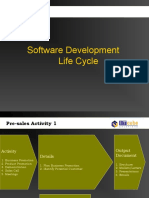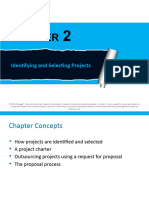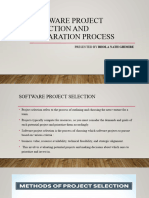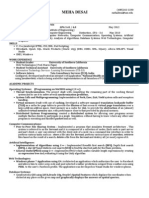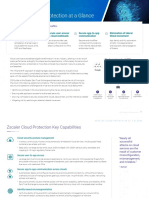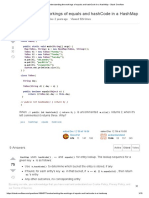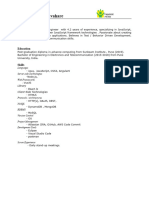0% found this document useful (0 votes)
11 views13 pagesSoftware Project Documents Explained and Categorised
Software Project Documents Explained and Categorized
T
Uploaded by
Director QBICopyright
© © All Rights Reserved
We take content rights seriously. If you suspect this is your content, claim it here.
Available Formats
Download as PDF, TXT or read online on Scribd
0% found this document useful (0 votes)
11 views13 pagesSoftware Project Documents Explained and Categorised
Software Project Documents Explained and Categorized
T
Uploaded by
Director QBICopyright
© © All Rights Reserved
We take content rights seriously. If you suspect this is your content, claim it here.
Available Formats
Download as PDF, TXT or read online on Scribd
/ 13








